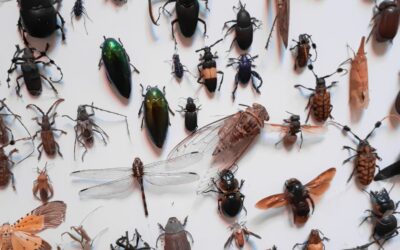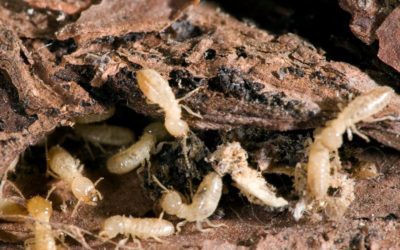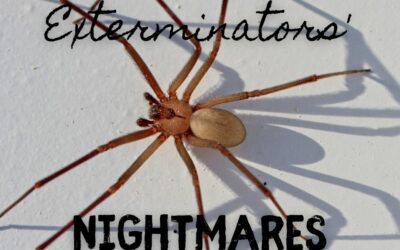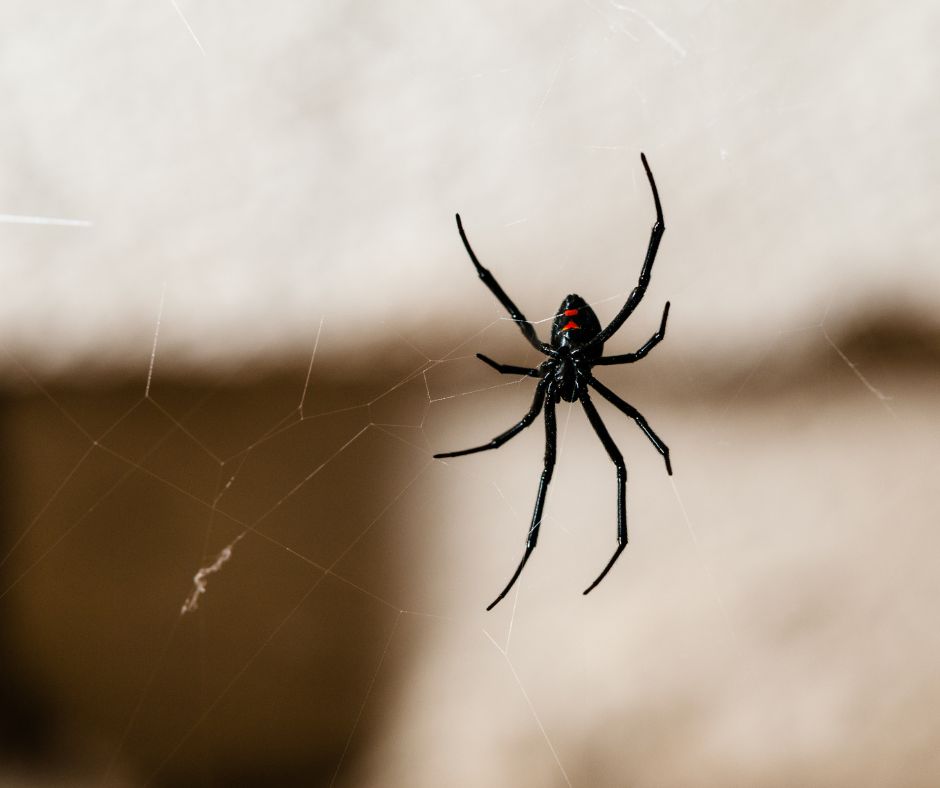
What’s more effective at squashing the good times this holiday season than spotting a nasty pest scurrying around your home? You’ll have many guests throughout this festive winter season. However, pesky insects and critters are surely not welcome to join in on the fun.
If you assume most pests die from the chilly weather, you might want to continue reading. Creepy crawlies of shapes and sizes can still be a major issue in the winter, even when there is a little less than usual.
The question is, where do bugs go in the winter if fewer are around? JB’s Pest Control has your answer. Read on to discover what the four most common Arizona pests are up to and where they hide away when temperatures begin to fall.
1 | Spiders
Identification:
- Eight legs
- A body with two main segments
- From a fraction of an inch to over 4 inches in size
- Some species have markings, like spots, stripes, or other patterns and shapes
- Various colors ranging from bright green or yellow to dull brown and solid black
- No antennae or wings
What Do Spiders Do in the Winter?
Different spider species have unique ways of thriving through the harsh winter weather. For instance, some enter a bodily state called diapause. During diapause, a spider’s activity and metabolism slow significantly.
Species that experience this fascinating phenomenon may enter indoors to hide away in a location safe from predators and adverse weather conditions. Other spiders continue with life as usual. In most cases, spiders will at least slow their activity.
Where Do Spiders Go in the Winter?
As mentioned, those entering diapause may sneak their way into your home to stay put for the winter. But most spiders you observe in your home are there for another reason. Spiders will follow their prey indoors. Many home-invading pests seek warmth and shelter indoors for the chilly weather, and the spiders will follow.
If you see a significant increase in spiders inside during winter, it may be the result of another pest infestation. If you are inspecting your home for spiders, here’s where to look:
- Dark and hidden corners
- Behind appliances
- Underneath furniture
- In the basement or attic
- Inside the garage or outdoor shed
- On a web in the corners of the ceiling
Are Spiders Dangerous?
The good news is that most spiders are perfectly harmless. They are not known for contaminating food or spreading disease. Some may bite if provoked, but most are not venomous.
You will want to be on the lookout for two spiders in Arizona: Black widows and brown recluses. Seeing a black widow spider indoors is rare but possible. Brown recluse spiders, though, commonly enter homes, especially during the winter months.
These two spiders are venomous, and a single bite can send the victim to the hospital. So, if you see these dangerous spiders in or around your home, please reach out to your local pest control company as soon as possible.

2 | Ants
Identification:
- Six legs
- 1/3 inch to 1/5 inch on average
- 3 main body segments
- Elbowed antennae
- Typically red or black, but may also be pale yellow or brown
- Some members of the colony may have wings
What Do Ants Do in the Winter?
Ants remain pretty active during the Arizona winter because temperatures are milder than in other regions. Their productivity may slow down some, but they are still on the hunt for food and shelter and potentially reproducing.
Where Do Ants Go in the Winter?
In search of warmth, abundant food, water, and shelter, an ant colony may enter your home. In most cases, a lone ant may wander indoors and leave as soon as it finds what they are looking for. However, some species may decide to nest in your home.
When looking for ants indoors, be sure to inspect the following areas:
- Inside the pantry
- In packaged foods
- In wall voids
- Inside of wooden furniture
- Along windows, doors, and walls
- Underneath appliances and furniture
- Beneath the floors
- Around plumbing fixtures
Are Ants Dangerous?
Fortunately, many ant species shouldn’t cause you alarm. While they are undoubtedly unwelcome in your home, most ants are more of a nuisance than anything else. However, some are considered harmful to humans.
Several species of ants will contaminate food products or even damage the home’s structure. Carpenter ants are most known for nesting inside walls and wooden furniture, resulting in destruction and damage. Furthermore, some ants deliver painful bites or stings that leave itchy and agitating red welts.
When it comes to an ant infestation, treatment methods and severity will depend on the particular species present. It’s wise to contact pest control professionals when dealing with ants in the home.
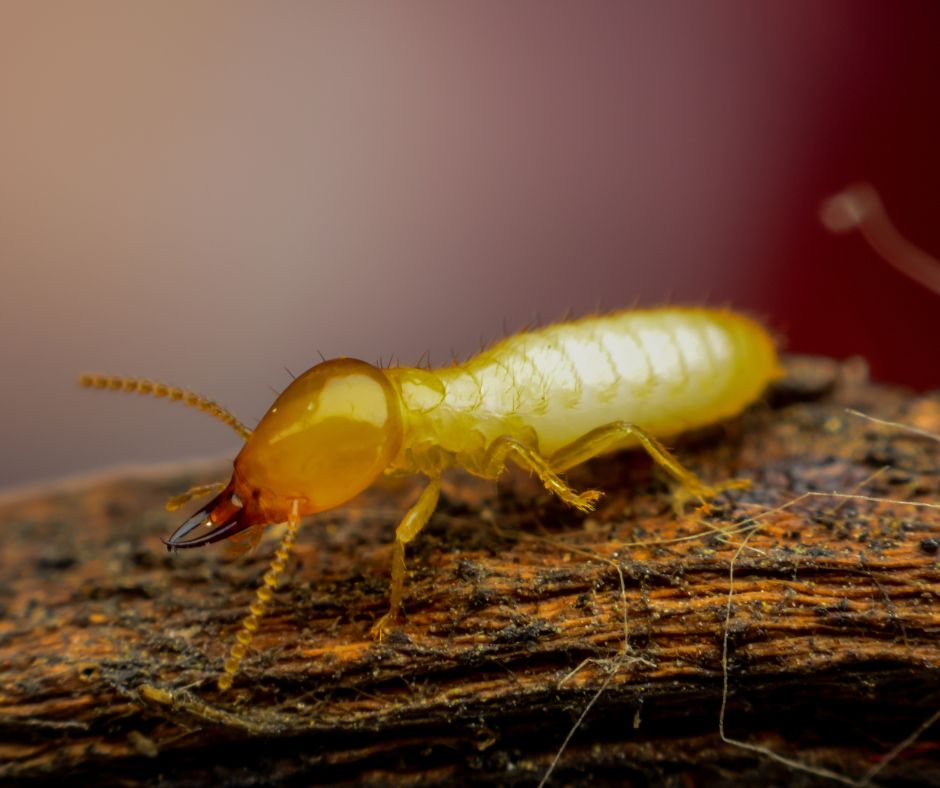
3 | Termites
Identification:
- Six legs
- 3 mm to about an inch in size
- Long oval-shaped bodies with three segments
- Antennae
- Powerful mandibles or jaws
- Range in color from off-white to yellow-brown to dark brown or black
- Long wings on some members of the colony
What Do Termites Do in the Winter?
In the northernmost states, termites don’t typically survive freezing winters. However, in Arizona and other warmer states, termites continue to thrive. Termite activity may slow, and the colony may stop reproducing if the temperatures are lower than usual.
Unfortunately, there could be an increase in termite infestations because our cozy and warm homes are far more attractive to these destructive insects than the outdoors. Many consider the winter to be Arizona’s termite season!
Where Do Termites Go in the Winter?
Termites can infest abandoned buildings, businesses, homes, and other structures. They are not more attracted to one space over another as long as it has plenty of wood to tunnel through and nest in.
Use the following signs to help identify a potential termite infestation:
- Holes in the walls
- “Mud tubes” along the interior and exterior walls
- Cracks in the structure of the home
- Peeling paint or wallpaper
- Stuck doors and windows
- Discarded wings from the swarmer termites
- Termite droppings
Are Termites Dangerous?
The impact of a termite infestation can be very severe. In fact, some have lost entire homes and businesses to this devastating pest. Early signs are rare. People often don’t realize they have a termite infestation until the colony has been damaging the home for several months. Regular termite infestations are highly beneficial to areas where termites are more common.
More minor repairs are possible when the infestation is caught in the early stages. Still, the renovations can be costly.
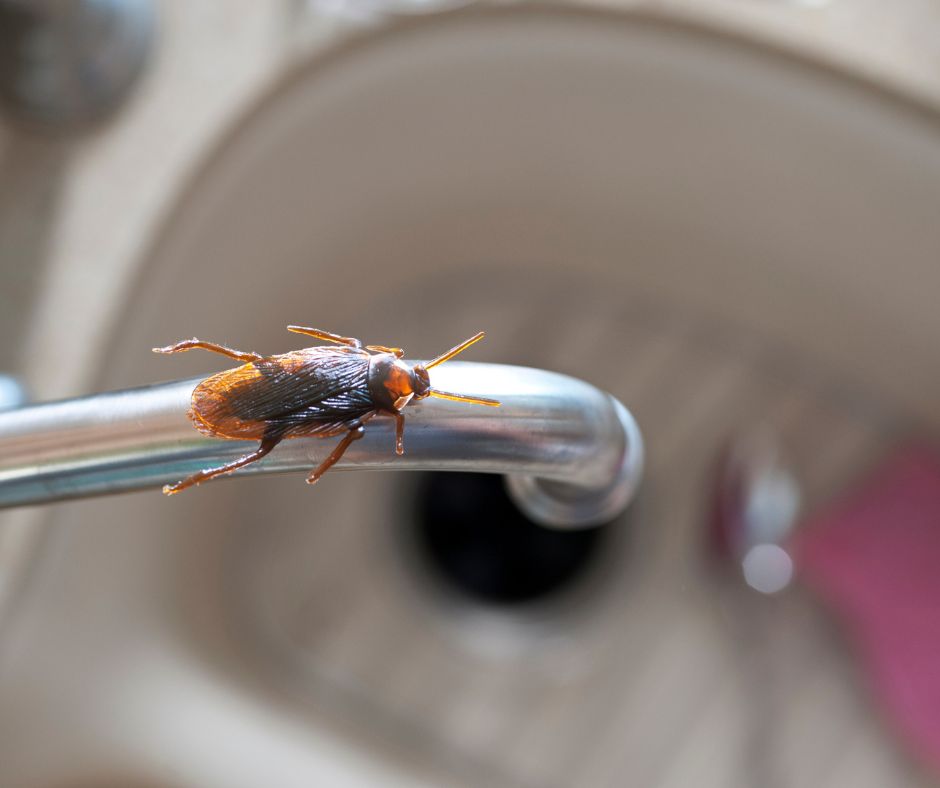
4 | Cockroaches
Identification:
- Six spiny legs
- Flattened oval-shaped body
- Light to dark brown or almost black
- Long antennae
- A pair of wings flattened against its back
What Do Roaches Do in the Winter?
Like spiders, some cockroaches enter diapause to survive the chilly winter weather and lack of food. Others seek out a warm and safe place to stay and remain active. Unfortunately, our homes and businesses offer everything a roach needs to survive. As long as these resilient critters have water, food, and a little warmth, they will continue thriving no matter what time of year it is.
Where Do Cockroaches Go in the Winter?
Cockroaches are often more problematic in the winter than at any other time. Furthermore, they are known to reproduce at incredible rates. So, it doesn’t take long for an infestation to get out of hand.
Outdoors, you’ll find roaches near sewers, in landfills, around garbage, and on other nasty decaying matter. Indoors, you may spot them in the following places:
- Basement or attic
- Crawl space
- In bathtubs
- Near drains or other plumbing fixtures
- Under roof shingles
Are Roaches Dangerous?
Roaches are frightening for most people. But they are also a threat to human health. Cockroaches can spread disease and bacteria because of the typical environments they hang around.
Even more commonly, they are known for agitating allergies and worsening asthma symptoms, especially for young children and those with weaker immune systems. The ill reaction to a roach infestation is similar to the common cold or flu. This makes it particularly difficult to identify an infestation by merely the allergic reaction people experience. The best way to stay on top of cockroaches in the home is to schedule routine pest inspections with your local experts.
Have a Bug-Free Winter!
The last thing you want to deal with during the busy and exciting holiday season is nasty pests. If you suspect any infestation, call the local team you can trust at JB’s Pest Control.
Even better, prepare for the festive season by scheduling a routine pest inspection and catching the creepy crawlies as early as possible so that you can enjoy this special time.

